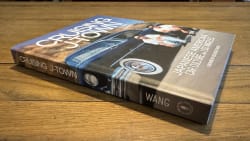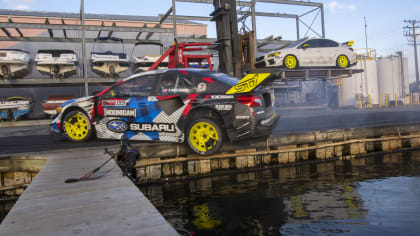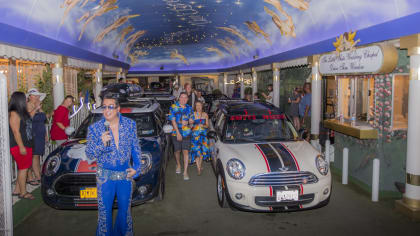A BURIED PAST: WHEN THE SCCA UNCOVERED EO 9066

Doug Stokes recounts the time he helped set up a sports car road racing course at the L.A. County Fairgrounds, wherein they found an abandoned building with a few hundred rusting bed frames and broken springs that once detained Japanese Americans under Executive Order 9066.
By Doug Stokes
Thu, Aug 14, 2025 06:00 AM PST
Above: Back in the 1960s, the Sports Car Club of America set up the Cal Club races every year at the Los Angeles County Fairgrounds, now known as the Fairplex (public domain image courtesy of Mathias Arlund for Unsplash).
Executive Order 9066
Issued by President Franklin Roosevelt on February 19, 1942, the order authorized the forced removal of all persons deemed a threat to national security from the West Coast to "relocation centers" further inland – resulting in the incarceration of approximately 120,000 American citizens and legal residents of Japanese ancestry.
I was eight months old at the time it happened.
Fast forward to the 1960s. I was a young college kid helping to set up the sports car road racing course for the annual Cal Club/SCCA (Sports Car Club of American) races that encircled the parking lot of the Los Angeles County Fairgrounds in Pomona (now called the Fairplex).
One of our jobs was to set up nearly three miles of temporary wooden snow-fence around the inside perimeter of the race course which acted as the physical demarcation of the safety area between the fast-moving sports cars and the spectators.
The hundreds upon hundreds of five-foot long, two-inch diameter steel pipes that we used to support the snow fence and long, rolled-up bales of the fencing itself were stored in a tired-looking, musty building near the east side of the track.

(There were great rolls of nasty, rusted barbed wire stored in that holding building as well;, I remember joking about using the stuff for crowd control.)
That building was something like two hundred feet long and about forty-fifty feet wide. It was windowless (only small vents along the top edge of each side) and had a set of double doors at the front and only one small door at the rear.
At first, and from the outside, we all thought that the old building might have functioned at one time as a stable for the horse racing that the Fair offered during it’s traditional early Fall run.
Inside, along each wall, there were row upon row of rusting frames and broken springs that once had been very small triple- high bunk beds. I never counted but there must have been well over two hundred such “beds” in that building.
At one end, there were about twenty or so wash basins (cold water only) and, right down the middle of the building, there was a double row (back to back) of some forty or fifty toilets just sitting there with no dividing screens or walls. The toilets were just the bottom part of a modern toilet, without water tanks. Of course we never used them, but the guess was that they were most likely plumbed from below for flushing (of courseT the mental pictures that we got could hardly be avoided).
This is where where hundreds upon hundreds of people of Japanese descent (two-thirds of which were American citizens and one-third legal residents) were held against their will in stark concentration camp conditions while they were “processed” like war criminals to be sent to crude, remote “relocation centers” across the country.
They were allowed to take only what they could carryone suitcase. They lost their rights, their homes, their businesses, their friends, their way of life, and their children lost their childhoods.
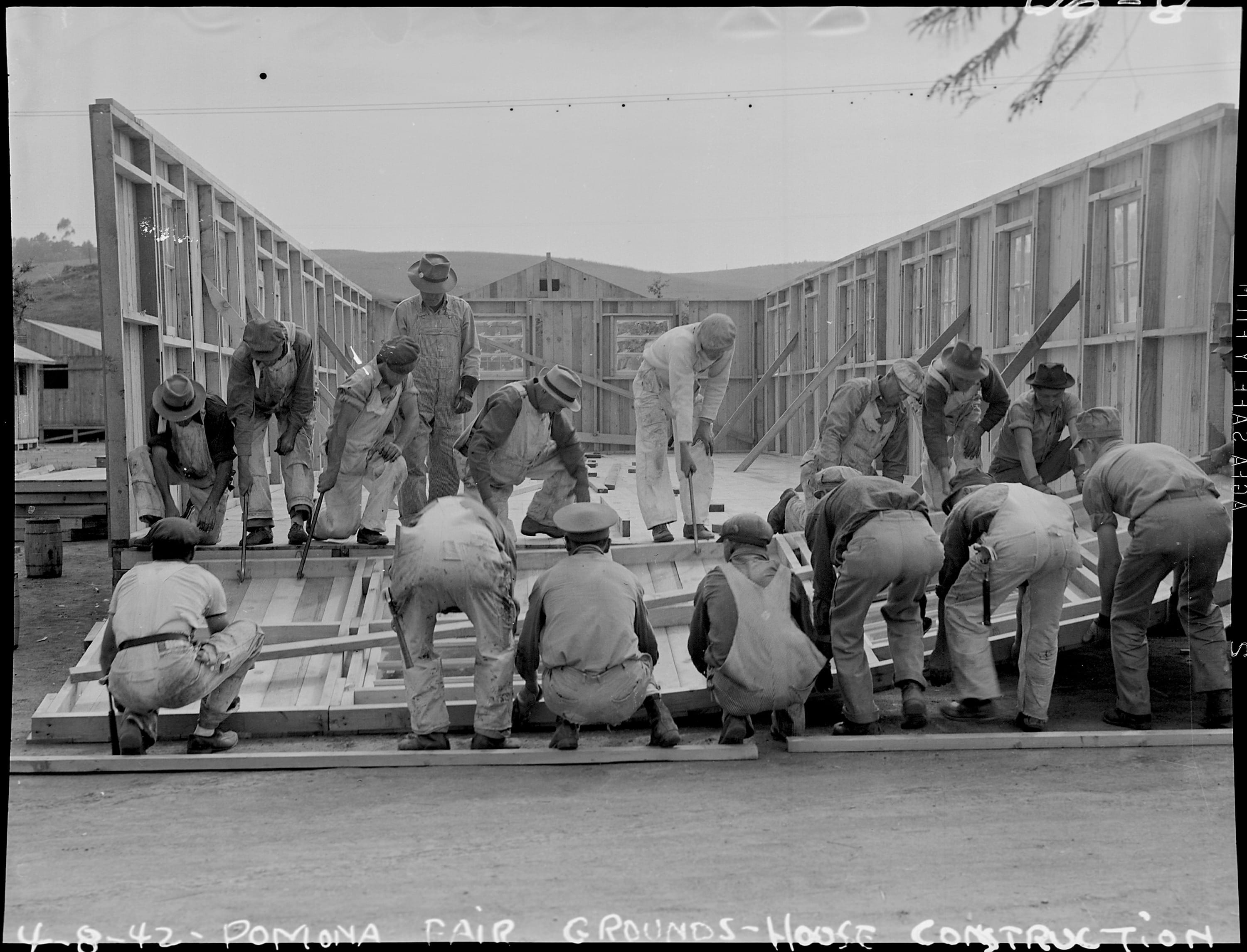
I’ve just recently seen footage of federal government functionaries, including Immigration and Customs Enforcement personnel touring a similar detention facility, menacingly nicknamed “Alligator Alcatraz”, and said to be located within spitting distance of the Florida Everglades that gave me a chill of recollection.
It was just as stark, just as foreboding, just as macabre as the aforementioned brutal confinement building on the Pomona Fairgrounds site. The entourage seemed to be bubbling, almost giddy with excitement.
Hastily-converted horse stables at Santa Anita Park in Arcadia were another locally-sourced holding facility for over 18,000 SoCal residentshundreds of Japanese families. The Pomona facility that temporarily housed 5500 included Japanese from South LA, Monterey Park, Silverlake – but mostly of Japanese Americans from Whittier/Monrovia east to Pomona. - DS
In 2016
A plaque marking the site of the Pomona Assembly Center was dedicated at the Fairplex (formerly known as the Los Angeles County Fairgrounds) with several dignitaries on hand as well as Japanese Americans who were confined there back in the 1940s. The marker reads:
NO. 934 TEMPORARY DETENTION CAMPS FOR JAPANESE AMERICANS
SANTA ANITA ASSEMBLY CENTER AND
POMONA ASSEMBLY CENTER
The temporary detention camps (also known as 'assembly centers') represent the first phase of the mass incarceration of 97,785 Californians of Japanese ancestry during World War II. Pursuant to Executive Order 9066 signed by President Franklin D. Roosevelt on February 19, 1942, thirteen makeshift detention facilities were constructed at various California racetracks, fairgrounds, and labor camps. These facilities were intended to confine Japanese Americans until more permanent concentration camps, such as those at Manzanar and Tule Lake in California, could be built in isolated areas of the country. Beginning on March 30, 1942, all native-born Americans and long-time legal residents of Japanese ancestry living in California were ordered to surrender themselves for detention.
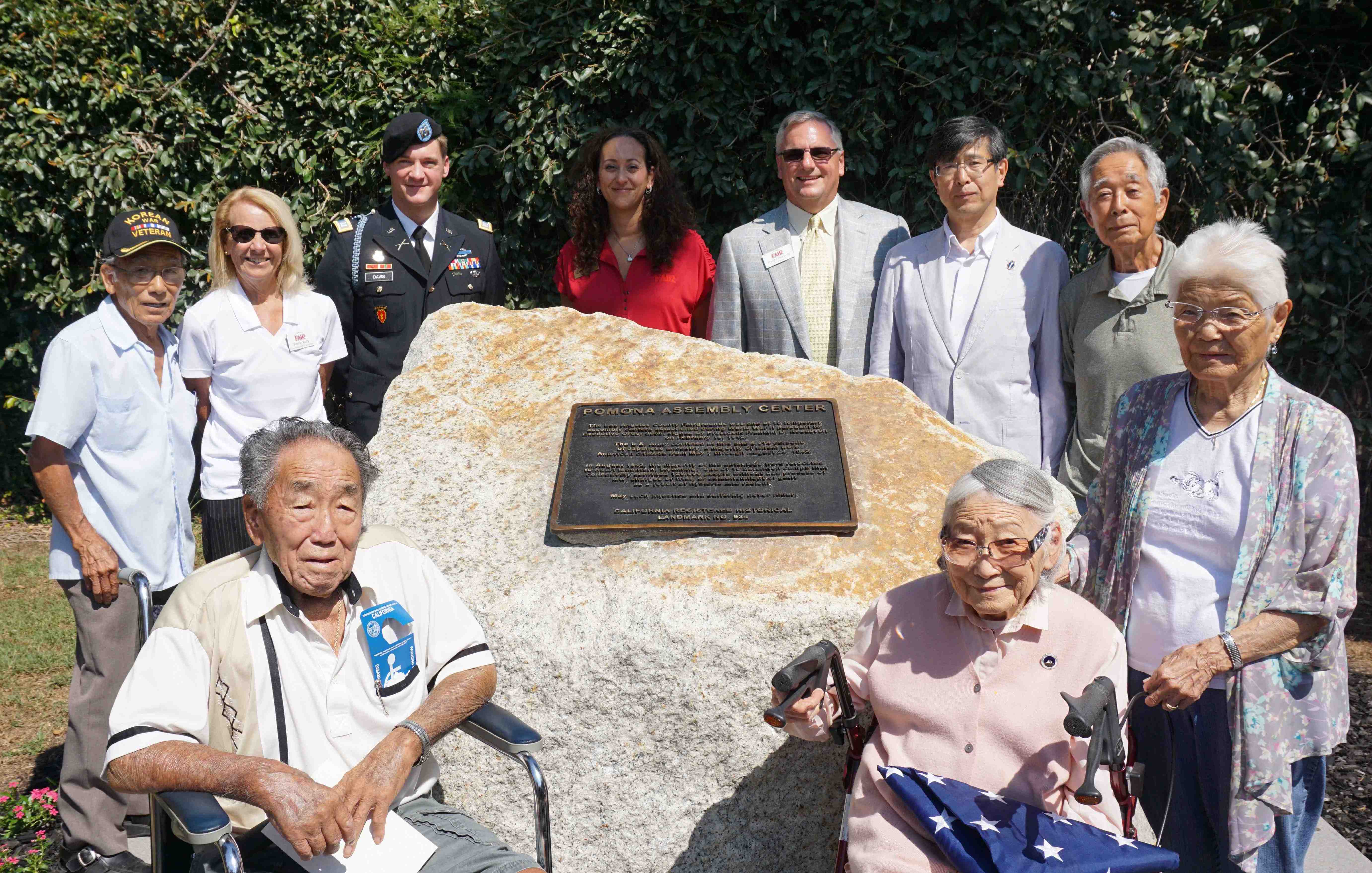
“This is part of our history at Fairplex,” said Dwight Richards, Fairplex vice president at the time. “We felt that the installation of the plaque would provide a place for the families and all involved to find peace, closure and a place to reflect. The Los Angeles County Fair Association feels that this recognition is long overdue.”
About The Author
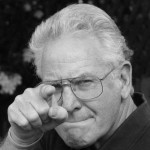
Doug has a long and wide-ranging history in the motoring business. He served five years as the Executive Director of the International Kart Federation, and was the PR guy for the Mickey Thompson's Off-Road Championship Gran Prix. He worked racing PR for both Honda and Suzuki and was a senior PR person on the first Los Angeles (Vintage) Grand Prix. He was also the first PR Manager for Perris Auto Speedway, and spent over 20 years as the VP of Communications at Irwindale Speedway. Stokes is the recipient of the American Autowriters and Broadcaster’s 2005 Chapman Award for Excellence in Public Relations and was honored in 2015 by the Motor Press Guild with their Dean Batchelor Lifetime Achievement Award. 2025 saw Stokes voted into the Go Kart Hall of Fame. “… I’ve also been reviewing automobiles and books for over 20 years, and really enjoy my LACar assignments.” he added.
